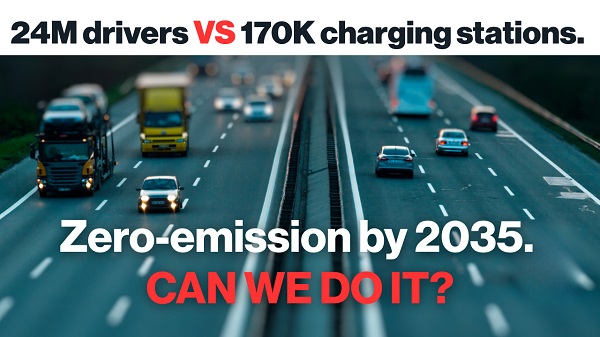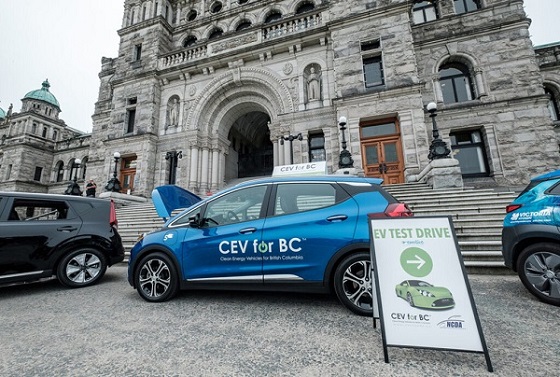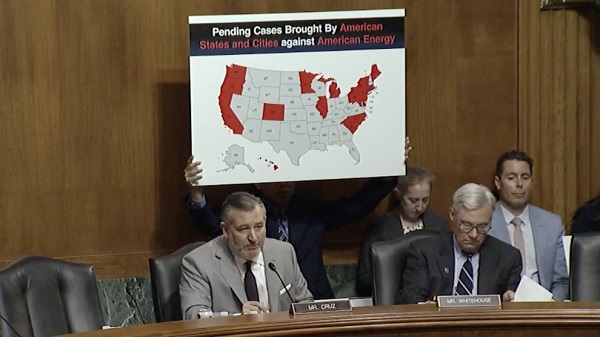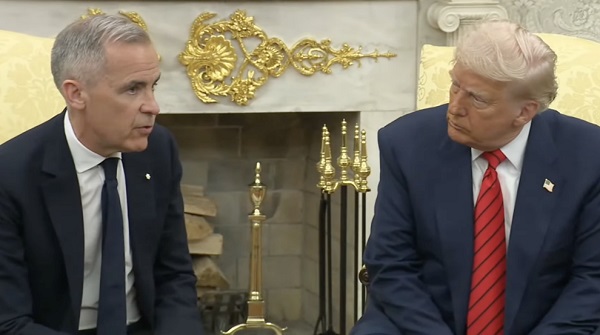Alberta
Two males facing various charges, following firearm-related incidents in restaurant drive-throughs

Police seek public’s help to ID two remaining suspects
Two men are facing various charges in connection to a pair of firearm-related incidents that occurred in two Edmonton restaurant drive-throughs on Oct. 9.
At approximately 3 a.m., Saturday, Oct. 9, 2021, EPS Southwest Branch patrol members responded to a weapons complaint at a restaurant near 103 Street and 80 Avenue.
It was reported to police that several males, who did not have access to a vehicle, were ordering food at the restaurant’s drive-through window. At that time, a 2018 Dodge Durango carrying four males pulled into the drive-through behind them. It is alleged, the 24-year-old driver of the Durango stepped out of the vehicle and approached the complainants, then pointed a firearm at the male complainants, before lowering the weapon and firing a shot at the ground.
The remaining three suspects subsequently exited the vehicle and approached the complainants. Two of the suspects then violently assaulted an 18-year-old male and a 22-year-old male with both complainants falling and striking their heads on the ground. The suspects continued to assault the males while they lay on the ground, before returning to their vehicle.
Paramedics treated and transported the two males to hospital with what appear to be serious, non-life-threatening injuries.
Approximately 25 minutes later, EPS Northwest Branch patrol members responded to a weapons complaint at a restaurant drive-through near 96 Street and 165 Avenue. In this incident, it was reported to police that a male driving an SUV approached the drive-through window demanding a large quantity of food. The male suspect then verbally abused the clerk, before allegedly reaching for and displaying a firearm inside the vehicle, while staring at the restaurant employee. The vehicle subsequently fled the scene.
With the help of surveillance video in the area, EPS investigators were able to confirm that the same 2018 Dodge Durango was involved in both incidents. At approximately 9:30 a.m., Sunday, Oct. 10, 2021, police located the suspect vehicle, and surrounded a residence near 178 Avenue and 103 Street NW.
A search warrant was executed at the home, where investigators recovered a firearm believed to be the weapon used by the suspect male in the two incidents. Police also seized various ammunition and 110 grams of cocaine.
Isiaha Chermak, 24, of Edmonton (the driver) and Darrious Ellis (one of the passengers), have each been charged with aggravated assault and various firearm–related offences.
Investigators are releasing surveillance images of the two other suspect males, who still remain at large. Anyone with information about these two individuals and/or the driver and passenger of the silver Mazda 3 seen in the images, is asked to contact the EPS at 780-423-4567 or #377 from a mobile phone. Anonymous information can also be submitted to Crime Stoppers at 1-800-222-8477 or online at www.p3tips.com/250.
EPS investigators are seeking the public’s assistance to identify the two remaining suspects (circled in above photos) involved in a firearm-related assault in a fast food drive-through south of Whyte Avenue at approximately 3 a.m., Oct. 9th. Police would also like to speak to the driver and passenger of the silver Mazda 3, which was also in the drive-through that evening (seen in above photos).
Agriculture
Lacombe meat processor scores $1.2 million dollar provincial tax credit to help expansion
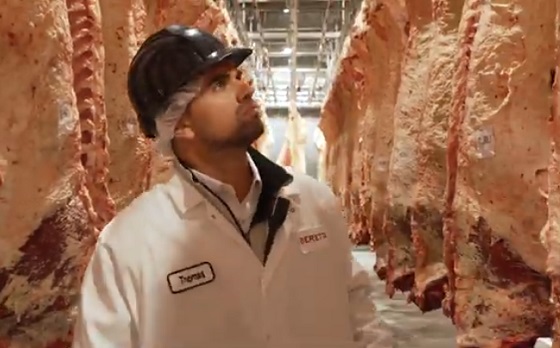
Alberta’s government continues to attract investment and grow the provincial economy.
The province’s inviting and tax-friendly business environment, and abundant agricultural resources, make it one of North America’s best places to do business. In addition, the Agri-Processing Investment Tax Credit helps attract investment that will further diversify Alberta’s agriculture industry.
Beretta Farms is the most recent company to qualify for the tax credit by expanding its existing facility with the potential to significantly increase production capacity. It invested more than $10.9 million in the project that is expected to increase the plant’s processing capacity from 29,583 to 44,688 head of cattle per year. Eleven new employees were hired after the expansion and the company plans to hire ten more. Through the Agri-Processing Investment Tax Credit, Alberta’s government has issued Beretta Farms a tax credit of $1,228,735.
“The Agri-Processing Investment Tax Credit is building on Alberta’s existing competitive advantages for agri-food companies and the primary producers that supply them. This facility expansion will allow Beretta Farms to increase production capacity, which means more Alberta beef across the country, and around the world.”
“This expansion by Beretta Farms is great news for Lacombe and central Alberta. It not only supports local job creation and economic growth but also strengthens Alberta’s global reputation for producing high-quality meat products. I’m proud to see our government supporting agricultural innovation and investment right here in our community.”
The tax credit provides a 12 per cent non-refundable, non-transferable tax credit when businesses invest $10 million or more in a project to build or expand a value-added agri-processing facility in Alberta. The program is open to any food manufacturers and bio processors that add value to commodities like grains or meat or turn agricultural byproducts into new consumer or industrial goods.
Beretta Farms’ facility in Lacombe is a federally registered, European Union-approved harvesting and meat processing facility specializing in the slaughter, processing, packaging and distribution of Canadian and United States cattle and bison meat products to 87 countries worldwide.
“Our recent plant expansion project at our facility in Lacombe has allowed us to increase our processing capacities and add more job opportunities in the central Alberta area. With the support and recognition from the Government of Alberta’s tax credit program, we feel we are in a better position to continue our success and have the confidence to grow our meat brands into the future.”
Alberta’s agri-processing sector is the second-largest manufacturing industry in the province and meat processing plays an important role in the sector, generating millions in annual economic impact and creating thousands of jobs. Alberta continues to be an attractive place for agricultural investment due to its agricultural resources, one of the lowest tax rates in North America, a business-friendly environment and a robust transportation network to connect with international markets.
Quick facts
- Since 2023, there are 16 applicants to the Agri-Processing Investment Tax Credit for projects worth about $1.6 billion total in new investment in Alberta’s agri-processing sector.
- To date, 13 projects have received conditional approval under the program.
- Each applicant must submit progress reports, then apply for a tax credit certificate when the project is complete.
- Beretta Farms has expanded the Lacombe facility by 10,000 square feet to include new warehousing, cooler space and an office building.
- This project has the potential to increase production capacity by 50 per cent, thereby facilitating entry into more European markets.
Related information
Alberta
Alberta Next: Alberta Pension Plan

From Premier Danielle Smith and Alberta.ca/Next
Let’s talk about an Alberta Pension Plan for a minute.
With our young Alberta workforce paying billions more into the CPP each year than our seniors get back in benefits, it’s time to ask whether we stay with the status quo or create our own Alberta Pension Plan that would guarantee as good or better benefits for seniors and lower premiums for workers.
I want to hear your perspective on this idea and please check out the video. Get the facts. Join the conversation.
Visit Alberta.ca/next
-

 Business1 day ago
Business1 day agoCanada’s loyalty to globalism is bleeding our economy dry
-

 Agriculture2 days ago
Agriculture2 days agoCanada’s supply management system is failing consumers
-

 Alberta1 day ago
Alberta1 day agoCOVID mandates protester in Canada released on bail after over 2 years in jail
-

 armed forces24 hours ago
armed forces24 hours agoCanada’s Military Can’t Be Fixed With Cash Alone
-

 Alberta24 hours ago
Alberta24 hours agoAlberta Next: Alberta Pension Plan
-

 International1 day ago
International1 day agoTrump transportation secretary tells governors to remove ‘rainbow crosswalks’
-
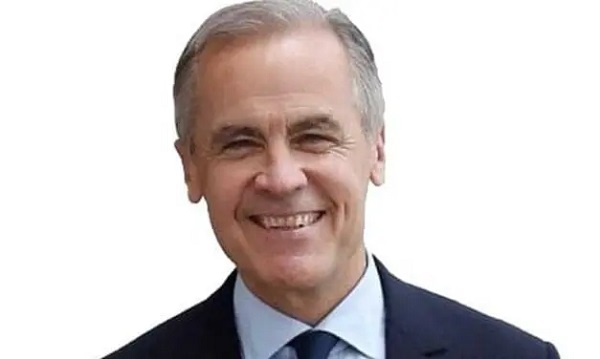
 Business1 day ago
Business1 day agoCarney’s spending makes Trudeau look like a cheapskate
-

 Crime1 day ago
Crime1 day agoProject Sleeping Giant: Inside the Chinese Mercantile Machine Linking Beijing’s Underground Banks and the Sinaloa Cartel


